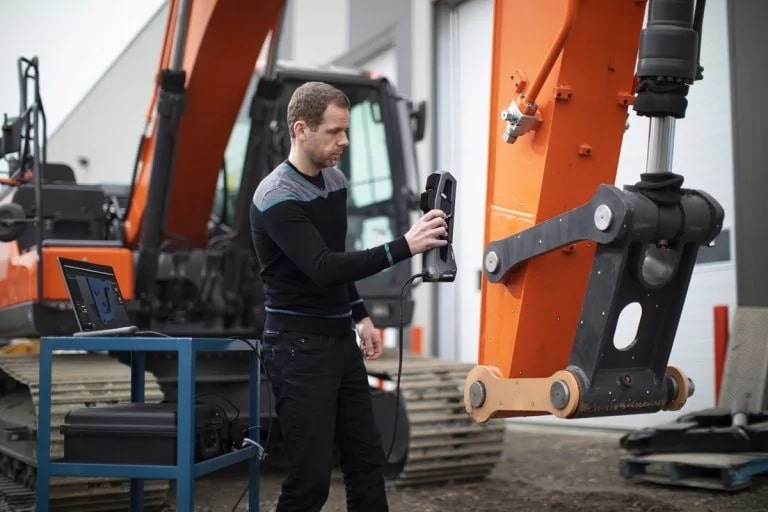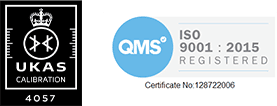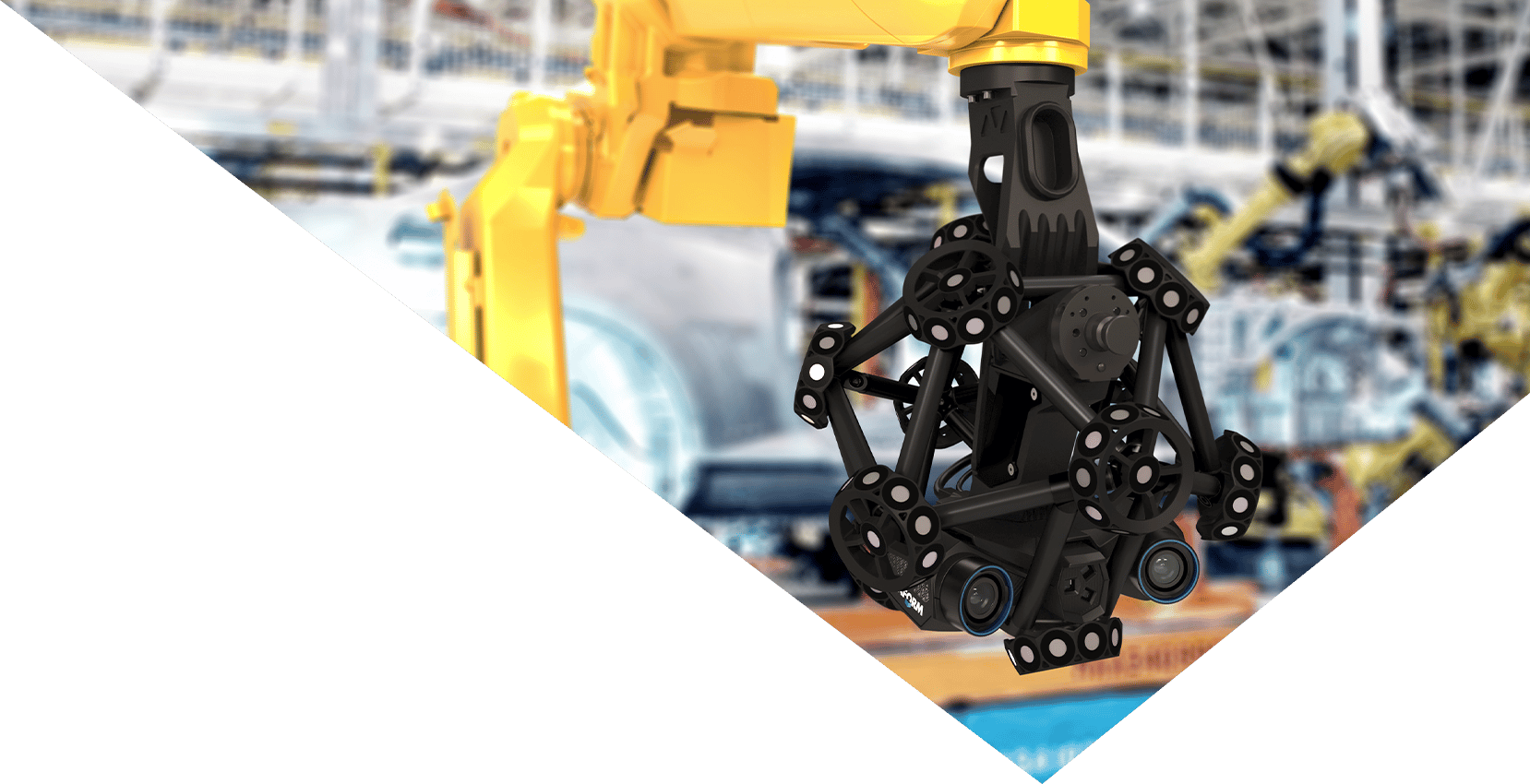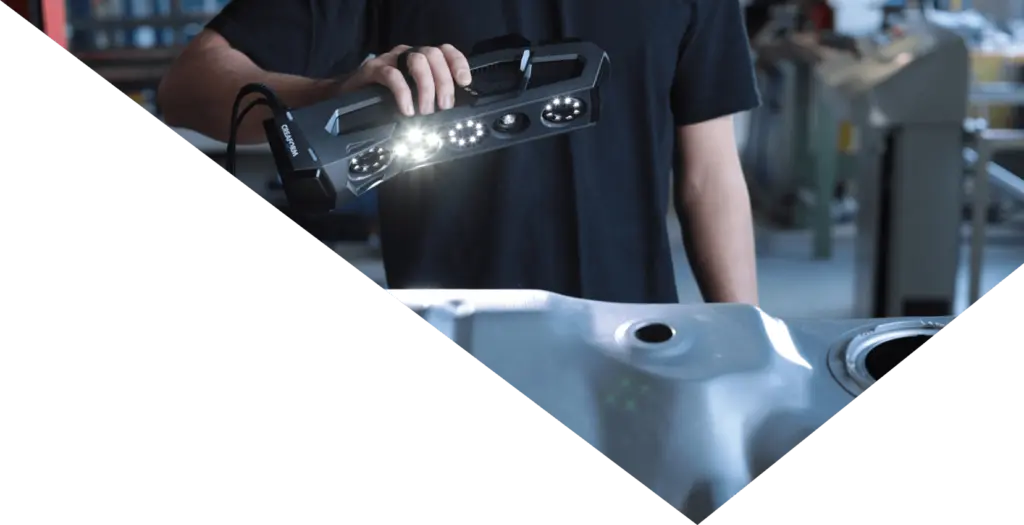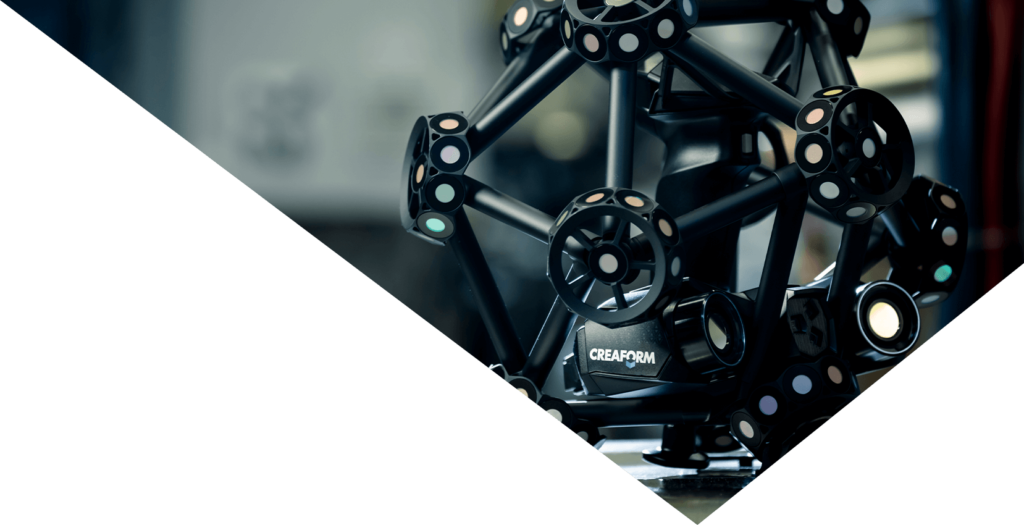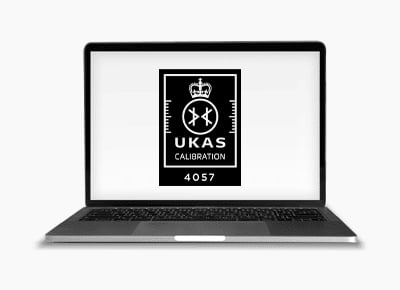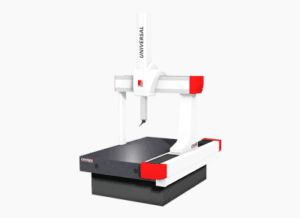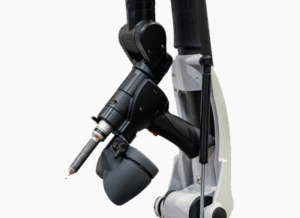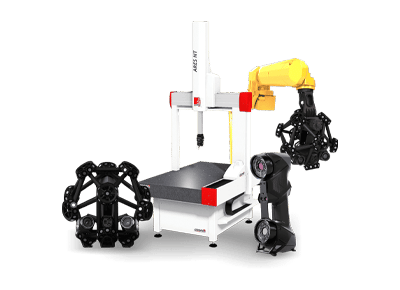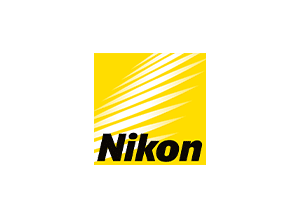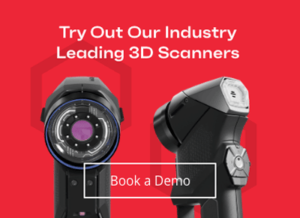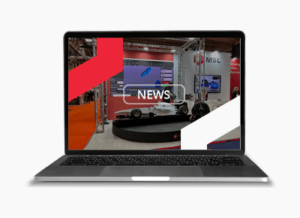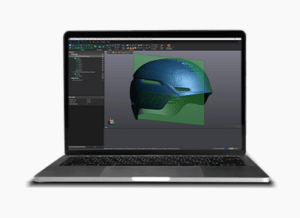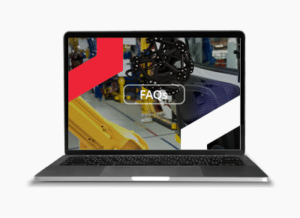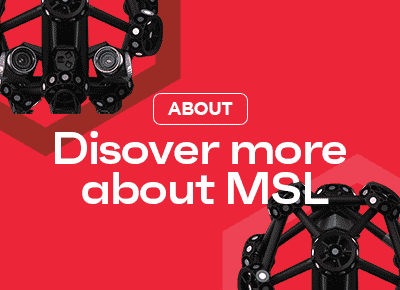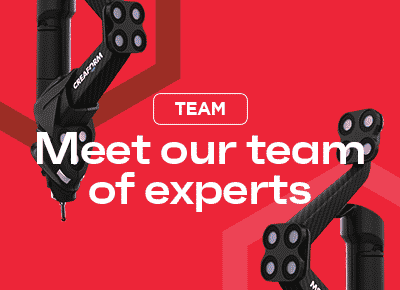Manufacturing is about precision, speed, and efficiency and nothing says this better than 3D scanning technology. Whether handheld, CMM or robot-mounted, 3D scanners are the ultimate in high-speed measurement. In a modern engineering environment, integrating 3D scanners into your workflow is not just an innovation but a necessity to replace slower, less accurate, less reliable processes.
What Are The Applications of 3D Scanning Technology?
3D scanners have many applications, including Quality Control, where they’re able to offer fast, reliable data for manufacturing teams. Discussions around quality control in manufacturing environments often include traditional methods like gauges or CMMs and they have their place too, but 3D scanners are designed to speed up these processes whilst overcoming the vast majority of limitations such as speed, reliability, and accuracy. The conversation then moves to embracing 3D measurement technologies, particularly 3D scanners, which enhance human inspection, making it easier and faster to create high-quality data, by comparing the finished product directly to the original CAD drawing in minutes.
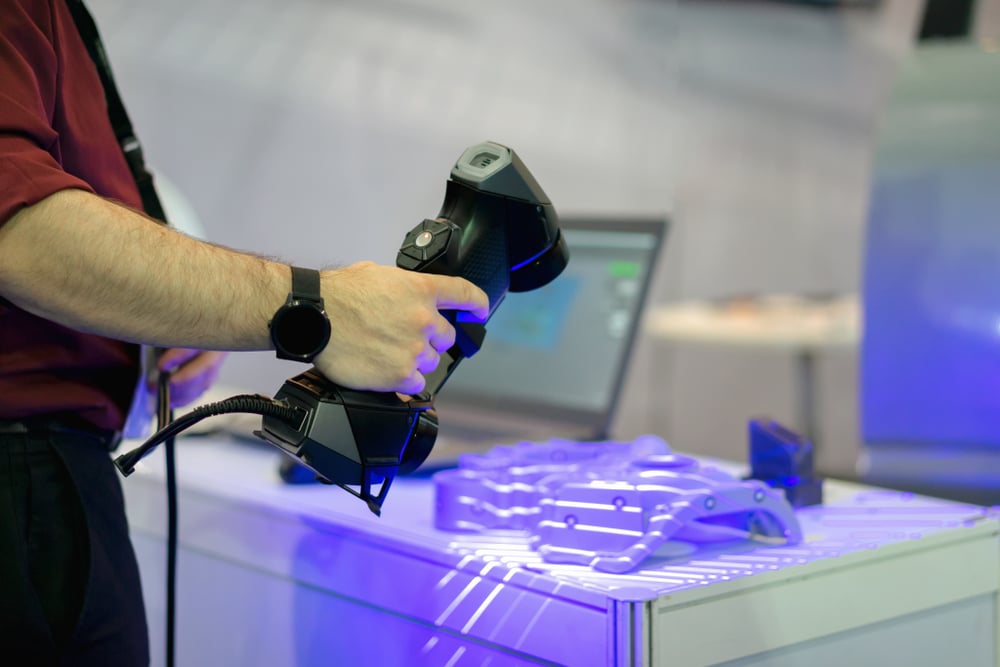
How 3D Scanners Improve Quality Control
Visual Quality Control Inspectors offer an exceptional amount of expertise and attention to detail but need the right tools to get the job done properly, and that’s where 3D inspection scanners come in. 3D scanners like the Creaform HandySCAN excel, offering the experienced QC Inspector unparalleled speed, precision, and reliability in 3D measurement & metrology. These devices are designed to capture millions of data points in seconds, creating highly accurate point clouds and digital twins. It’s not just about capturing surface details but checking the internal geometries too, often missed by the naked eye. For industries where the margin for error is tiny, such as aerospace and automotive, this is not just beneficial, but critical.
Yes, they also do shiny objects like chrome and glass. No, you don’t always need targets either, and if you want a decent volume then the latest HandySCAN 3D|Max has a scanning volume of 4.4m2.
It’s important to note that the 3D scanner is not designed to replace a CMM, it’s more about alleviating bottlenecks and taking metrology onto the shop floor where it’s easy to use and easy to access. 3D scanners, like the Creaform MetraSCAN operate up to an accuracy of 0.025mm producing highly accurate models, lightning fast.
Why Invest in a 3D Digital Scanner?
The strongest arguments for introducing laser scanners into your workflow are efficiency and consistency. Traditional inspection methods are time-consuming and prone to variability between inspectors and environments. 3D laser scanners, on the other hand, offer a level of consistency that is second to none and easy to obtain. By digitising the inspection process, 3D scanners enable rapid assessments of complex geometries whilst smart software ensures that results are not subject to human interpretation by providing a like-for-like comparison between the newly manufactured part and the CAD drawing. This speed and uniformity are essential for maintaining high-quality standards across products and batches.
3D Design, Manufacturing and Quality Control
3D scanners are also highly adaptable and useful in design, manufacturing and QC environments which makes them an indispensable tool for engineers, designers and inspectors. From design & reverse engineering to quality control & inspection, these devices provide a versatile solution that can be used throughout your manufacturing workflow to quickly scan and model parts in near real-time. They accelerate the design process, allowing for rapid prototyping and delivering immediate feedback on design changes and defects. Overall, they facilitate a more agile development process, where adjustments can be made quickly, helping reduce the time to market.
Scalability
Scalability is another great reason to consider 3D scanning, whether you’re looking at small components, a large assembly, or an Automated Quality Control process, 3D scanners can capture detailed measurements without the need for direct contact. This non-invasive approach not only preserves the integrity of the object but also enables the inspection of delicate or complex shapes that would be challenging to measure using traditional methods.

The deployment of 3D scanners also fosters a culture of continuous improvement. By providing detailed feedback on manufactured parts, these devices enable companies to quickly identify and rectify production issues providing accurate data that is invaluable for making informed decisions and implementing corrective measures more quickly.
If you want to know more about how a 3D scanner can represent the next step towards improving your quality manufacturing processes, then give us a call and talk to an engineer, not a sales guy!
